What Is Pandan? Benefits, Uses, and Nutritional Facts
Pandan is a technically edible and mildly aromatic tropical plant used in many crafts as well. It grows like beansprouts but has spikes instead of leaves. When grown, they are sweet in scent and come in many varieties that vary from red to green. Although the plant has been used in South & Southeast Asia for centuries, pandan is now starting to get some attention from Westerners who believe it may have some health benefits and limited culinary potential. Here are just a few things you need to know about this plant, which can be found in many Asian dishes & drinks.
What is Pandan?
Pandan is popularly termed as “Vanilla of The East”, Pandan leaves are the intensely green pigmented foliage of the Pandanus amaryllifolius plant, that emanate a pleasant musky scent, being used in cooking, colouring, packaging food, predominantly in Asian and Indian cuisine. A highly restorative medicinal herb ideal for external and internal use, pandan is touted by the archaic Ayurvedic manuscripts to remedy myriad ailments including hypertension, gout, scalp infections, fevers and type 2 diabetes mellitus.
Yangge Biotech Pandan Powder Overflowing with the goodness of vitamins, minerals, as well as ameliorating antioxidants including phenols, glycosides and kaempferol, the supremely beneficial pandan shrub thrives in tropical South and South-East Asian countries of Malaysia, Indonesia, Singapore, India, Thailand, Bangladesh and Sri Lanka.
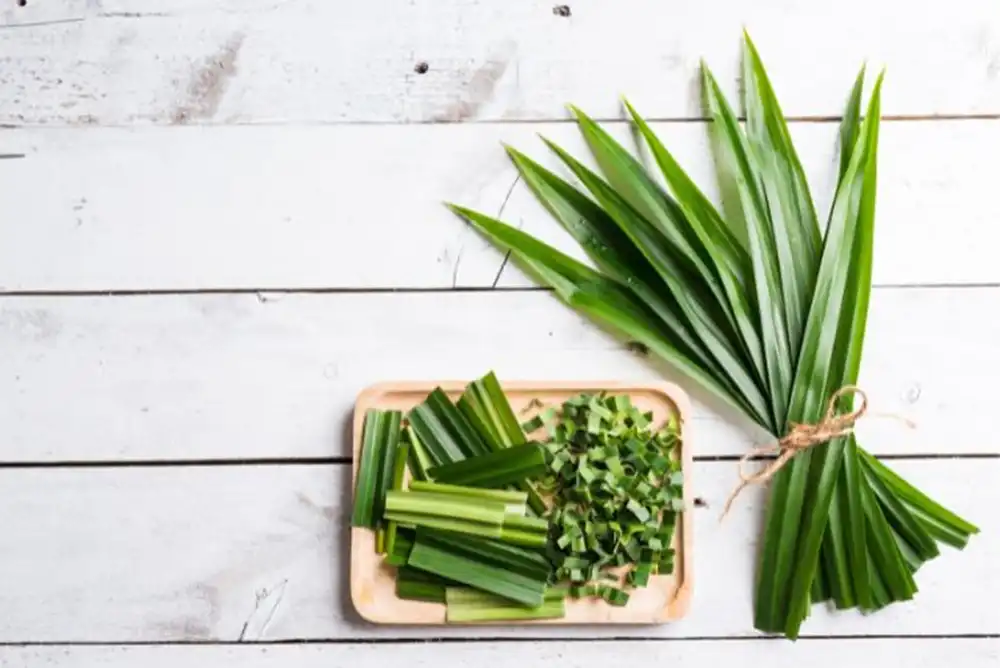
What are the health benefits of pandan?
Preliminary research into pandan has identified a number of important vitamins, minerals, and antioxidants known to support health. For instance, pandan is a rich source of vitamin A, an essential compound for eye health that may even help to prevent cancer.
Although more research is needed, many potential health benefits of pandan have already been found, such as:
Arthritis and Joint Pain Relief
Traditional medicine prizes pandan for its role in pain relief, especially arthritis and joint pain. Researchers have found that oils made from pandan extract are rich in phytochemicals known to relieve symptoms of arthritis. As an added benefit, they can also help ease headaches and earaches.
Heart Disease Prevention
Studies support the claim that pandan leaf is good for the heart. Indeed, pandan leaf was found to be a particularly excellent source of carotenoids—a class of antioxidants. These are known to reduce the risk of developing atherosclerosis, the narrowing of the arteries of the heart due to plaque buildup.
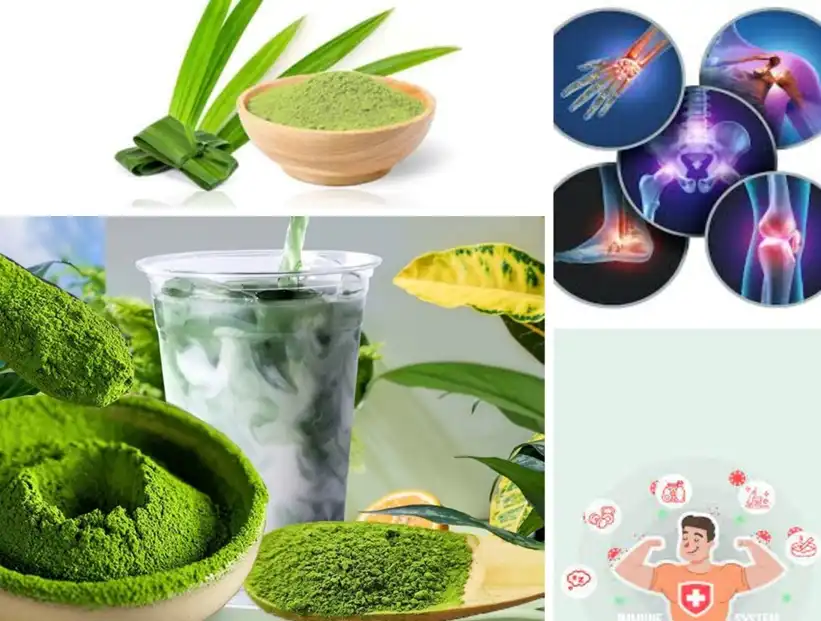
Skin Care
In Southeast Asia, the dried, crushed leaves of pandan are often used as a topical treatment for minor burns, sunburn, and other skin problems. Although more studies are needed, preliminary research shows that the tannic acids in pandan provide fast cooling action for minor burns.
Control Blood Sugar
Consuming pandan may help people better control their blood sugar after eating. More research is needed, but some initial studies have shown that people who drink pandan tea after a meal have lower blood sugar than people who don’t.
Boosts Immunity
The pandan plant's leaves are high in vital vitamins, such as vitamin C and E. These vitamins serve an important role in immune system strengthening, infection prevention, and overall wellness.
Skin and hair health
Pandan leaves powder contain antioxidants and antibacterial substances that can help maintain healthy skin and hair.4 Applying pandan leaf extract or juice to the skin can help treat acne and prevent hair loss. It is also used in traditional beauty treatments to improve skin tone and promote youth.

Pandan Nutrition Facts
Pandan is an excellent source of vitamins and antioxidants known to help boost the immune system and prevent conditions like cancer, heart disease, and diabetes.
Some of the vitamins and antioxidants in pandan include:
· Beta-carotene
· Vitamin C
· Thiamin
· Riboflavin
· Niacin
Nutrients Per Serving
Pandan leaf is too fibrous and stringy to be consumed directly. The leaves are instead usually ground into a powder or paste, or infused into water to make a paste or extract.
Pandan powder is a rich source of beta carotene, a precursor to vitamin A. A 3.5-ounce (100-gram) portion may pack 43–80% of the DV, though the exact amount varies widely. Varieties that bear deeper yellow or orange fruit are the richest sources
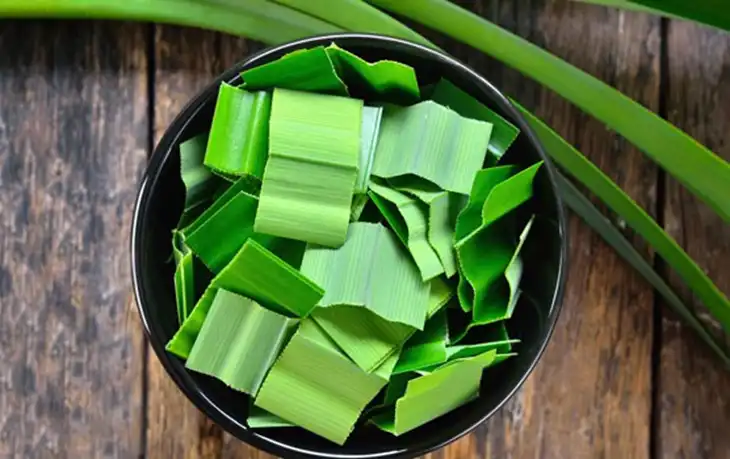
Frequently Asked Questions
1. How Can Panda Leaves Aid in Digestion?
Panda leaves contain dietary fiber that aids digestion by promoting regular bowel movements and preventing constipation. The fiber also supports a healthy gut microbiome, contributing to overall digestive well-being.
2. Are Panda Leaves Beneficial For Weight Management?
Yes, the fiber content in panda leaves can promote a feeling of fullness, helping in weight management by reducing overeating. Additionally, the leaves are low in calories, making them a nutritious addition to a balanced diet.
3. Can Panda Leaves Help Boost the Immune System?
Yes, panda leaves contain antioxidants like flavonoids and polyphenols that can help strengthen the immune system by neutralizing free radicals. Regular consumption may contribute to overall immune health.
4. Are There Any Potential Anti-Cancer Properties in Panda Leaves?
Some studies suggest that the antioxidants present in panda leaves may have anti-cancer properties by preventing oxidative stress and inflammation.
5. How Can Panda Leaves Contribute to Cardiovascular Health?
The presence of compounds like flavonoids in panda leaves may support cardiovascular health by helping to regulate blood pressure and cholesterol levels.
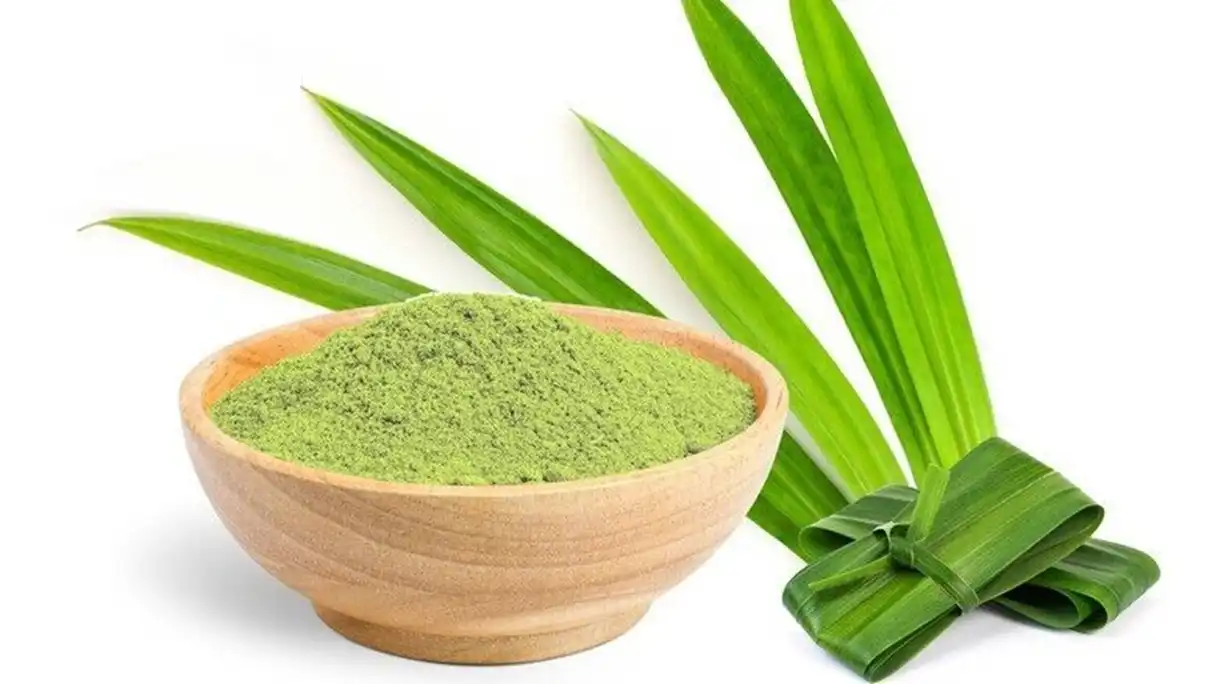
Versatile Uses of pandan
Culinary purposes
Pandan is commonly used in Southeast Asian cuisine to give meals a distinct flavour and scent, flavouring rice, custards, sweets, and drinks. Pandan extract and essence are also often used to flavour desserts, pastries, and ice cream.
Aromatherapy
Pandan leaves are used in aromatherapy due to their pleasant and relaxing fragrance. Pandan leaf extracts or essential oils are utilised to create a pleasant and calming ambiance in candles, diffusers, and personal care items.
Medicinal purposes
Pandan has been used for ages in traditional medicine to treat a variety of diseases. It is frequently prepared into teas or concoctions to help with pain relief, digestion, and overall well-being.1 The leaves are also used externally to treat minor wounds and infections because of their antibacterial properties.
Natural dye
Pandan leaves can be used as a natural dye to give food, clothes, and handicrafts a brilliant green tint. Pandan leaf extract is widely used to add a stunning green tint to traditional desserts and beverages.
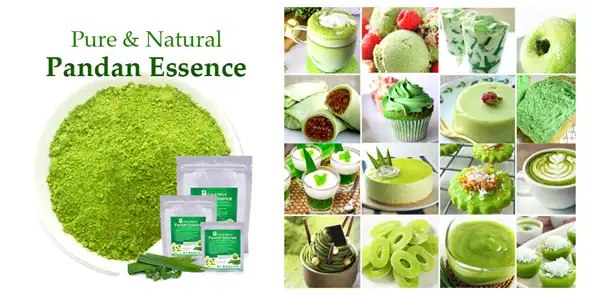
The bottom line
Pandan is a versatile plant with a variety of culinary and medicinal applications across South and Southeast Asia. It may help lower your blood sugar and relieve arthritis pain, though more research is needed.
Its fruit and fragrant, pointy leaves are widely eaten and used in numerous dishes, lending a distinctive color and vanilla-like floral notes.
If it isn’t commonly grown or sold fresh in your area, look for powder, extract, or frozen pandan leaves.
Don’t miss out on the opportunity to harness the power of Pandan Powder In STOCK and take your products to the next level. A sustainable solution that works. Please contact us by email: info@yanggebiotech.com
Send Inquiry
Related Industry Knowledge
- Exploring Plant Carbon Black: A Sustainable Alternative
- How to make food colour at home
- Understanding Peak Performance NMN + Resveratrol
- Blue Spirulina: The Ultimate Superfood Nutrient
- Bovine Collagen Peptides: Benefits, Uses You Should Know
- Coq10: Versatile Benefits For Women
- How much chlorella should you take daily for detoxification?
- is anthocyanin an antioxidant?
- Benefits and Uses of Natural Food Coloring
- HMB Increases Muscle More Than Steroids?


